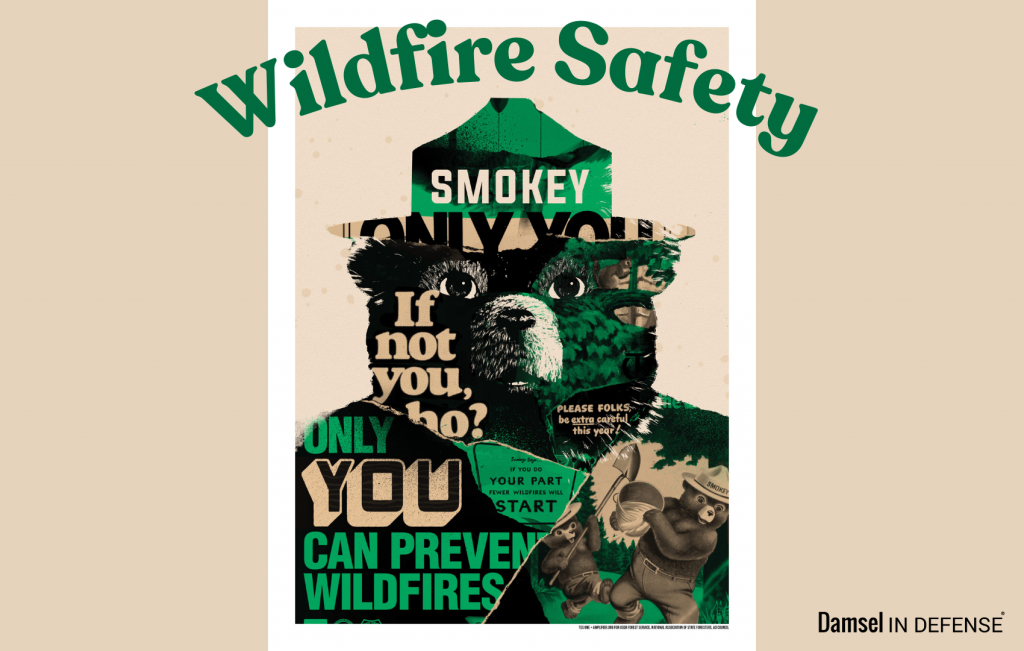
Dogs are truly a man (and woman!)’s best friend. They are loyal companions that help lap up tears, keep us active, and make up some silly internet videos. Cats are a wonderful option for many as well, with their keep-to-themselves demeanor and gentle spirit. Unlike dogs, they can thrive in any environment whether big or small. No matter your preference for a dog, cat, or even bunny, many claim that while they may have purchased their pet, truly the human is the one that was saved by their fluffy family member.
Choosing to adopt or shop for a new pet is no small feat. It takes research, true reflection, and possibly lots of time. Many times, choosing to introduce a cat into the home is quite easy compared to the thought that is required for dogs. You need to research and consider what diet you would like for them to have, ensure you have adequate fencing up and yard space, and purchase a bed they will never use (because yours is so much more comfortable, of course), along with much much more. Many pet owners, though, never think of what to do if their pet needs immediate medical attention.
9 out of 10 pet owners do not know pet first aid. Of those surveyed, 75% of owners would not know how to perform CPR on their beloved pet, 74% would not know how to handle a seizure their pet was experiencing, and only half would know what to do if their pet broke a bone.
While some pet owners will never experience a medical emergency with their beloved family member, knowing how to handle specific situations could mean the difference between life or death. Below, we have included a list of lifesaving first aid you can administer to your pet and should know in case your fluffy friend is in trouble!
CPR (Cardio-Pulmonary Resuscitation)
CPR is one of the most common life saving procedures. In movies and TV, CPR is seen as an easy and heroic task, right next to the heimlich maneuver, and is often the first choice of many protagonists on the collapsed victim. However, when is CPR actually appropriate, and most importantly how can you tell when it is needed? Follow these initial checks provided by the PDSA:
- Is the dog or cat unconscious?
- Call their name and use their favorite keywords to check for response. Continue speaking to them as you approach
- Tip: Talking out the steps to your pet can also be a tactic to keep you calm! Watching your fluffy friend be unresponsive can be scary, so keeping calm for them is important.
- If they don’t respond, rub their side but be ready to move away quickly. Occasionally, even docile pets can bite if they are injured or scared.
- Airway
- If they are unresponsive, pull the pet’s tongue forward to make sure it is not blocking their airway.
- If something is in their throat, remove it safely and gently
- Breathing
- Look and Listen for breathing. If the pet’s side is moving up and down at a steady pace and you can feel breath coming out of their nose, then there is no need for CPR.
- Circulation
- If they are not breathing, place your hand or ear to the left side of the pet’s chest to check for a heartbeat. If you’re not sure exactly where to check, gently pull their front leg back and listen/feel around where the elbow meets the chest.
- If you can’t hear or feel a heartbeat, double check by feeling for a pulse on the inside of their upper thigh.
If you can’t feel a heartbeat, it is time to administer CPR. Do not panic and call your nearest vet or have another person call them for you to let them know you are coming. For a downloadable image on how to administer CPR on a dog, click here. For a downloadable image on how to administer CPR on a cat, click here.
Seizures
Pet seizures can be a terrifying experience for all involved, especially when you have a seemingly very healthy pet with no past medical concerns. While typically vets could tell you if your beloved pet is at risk of them, sometimes they come out of nowhere, are violent, and can cause more harm if not handled properly. We have listed some steps below on how to identify a seizure prior to it happening and what to do if your pet begins to seize, per the Canine Health Foundation.
Warning signs
- A dazed look in their eyes
- Suddenly unsteady
- Seems confused/staring off into space
During a Seizure
- Don’t let yourself get hurt – keep away from the pet’s mouth and head
- You are no use to your pet if you are injured!
- Don’t let your pet hurt themselves
- Move them away from stairs, sharp edges, and furniture
- Don’t put anything in/near your pet’s mouth
- Pets won’t swallow their tongues
After a Seizure
- Do watch your pet for a recovery
- This could take minutes to hours
- Do talk to your pet and let them feel your touch
- As with humans, they need reassurance!
- Do remain calm and speak softly
- If you become worried or anxious, your pet will sense that and their stress level will also rise
- Do record when the seizure happened, how long it lasted, and what the pet looked like
- This information will help your vet!
If a seizure lasts more than four or five minutes, or occurs more than three times in a 24 hour period, then take your pet to an emergency vet as this could be a sign of a more serious problem.
Heimlich Maneuver
When a person chokes, the signs are quite clear and it can be communicated well that something is blocking their airway. When a dog or cat chokes, however, the indicators are harder to tell. Look for the signs below that your pet is in distress:
- Gasping, Struggling to Breathe or Not Breathing
- Making loud breathing sounds
- Pawing at their face
- Acting frantic or panicked
If they are experiencing any of those signs, check for the object. Depending on your pet, this may be a two person task. Open their mouth carefully as your pet may accidentally bite you in the process. Shine a light and check for an object that is obstructing and try to pull it out with a sweeping motion of your fingers if possible and safe to do so. If you cannot reach the object, or if the object cannot be removed, it is time to perform the heimlich.
For step-by-step instructions on how to perform the Heimlich on your dog, click here. To learn how to perform the Heimlich on your cat, click here.
After the object has dislodged, follow up with your vet immediately. If the pet is not breathing, begin the process of CPR. Remember choking can be easily prevented by paying attention to the size of the kibble and treats, keeping children’s toys out of reach, and by selecting toys that are appropriate for the size and destruction level of the pet.
Broken Bones
While not a common injury, broken bones in pets can be hard to deal with if you are not sure how to handle them. Broken bones can come from falls, motor vehicle accidents, gunshot injuries, or cancer. Most of the time, broken bones are associated with other physical injuries but you can tell by looking for:
- Lameness, often with the affected limb being held up
- Swelling
- Pain and outward whimpering
The best thing you can do for your pet at that point is to immediately seek medical attention from the vet or an emergency veterinary office. Transport also needs to be made with caution.
Always remember to research a pet’s breed prior to purchasing! Some facts you should know are best diets, possible medical concerns, and amount of activity needed per day. You should also take your new puppy, kitten, bunny, or adopted pet to a trusted vet as soon as possible to make sure that they do not have any pre-existing medical concerns.
Check out our FIDO Blog Post as well for tips on how to keep your four-legged family member safe whale out on walks!



